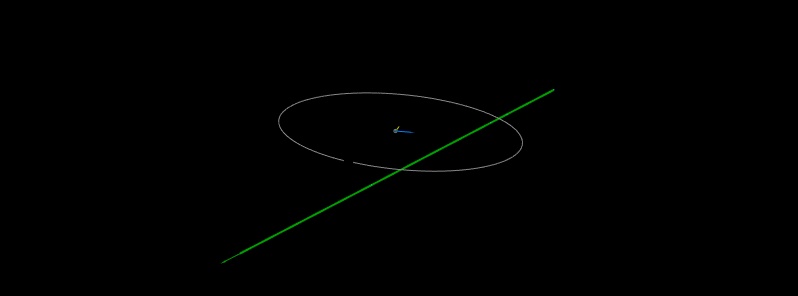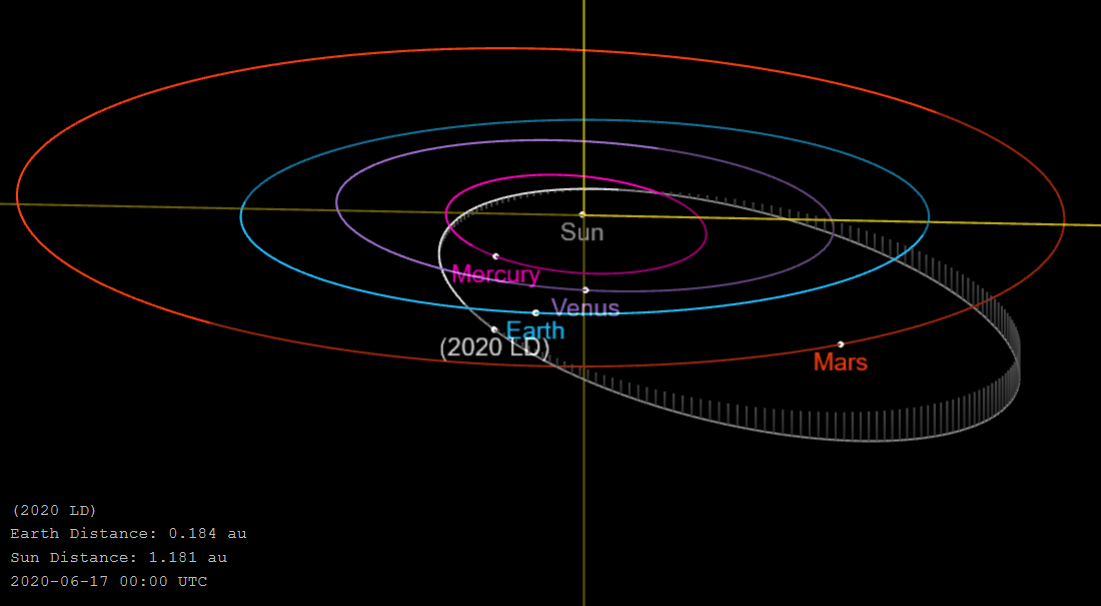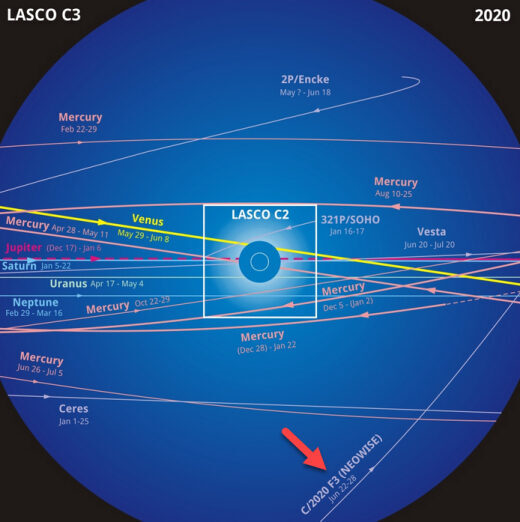All Data and Graphs (Moons, NEOs, NEAs, NECs, PHAs, Fireballs etc)
B = Near Earth Environment: All Near Earth Objects [NEOs = Near Earth Asteroids (NEAs), Near Earth Comets (NECs), Potentially Hazardous Asteroids (PHAs)]
Graph "4 = Total of All NEOs Cumulative" in Folder "B = Near Earth Environment: All Near Earth Objects":

The Cumulative Nature of the Graph above, the high numbers at the end as well as the decade count until 2000 make it harder to see how sharp the increase really was and when it started.
That's why we focus on just the number of new NEOs discoveries for every year/decade in the next graph. In other words: We are not culminating the numbers like in the last graphs above and thus make what happened better visible. We can see a clearer pattern there.
Graph "6 = All New NEO Discoveries per Year or Decade" in Folder "B = Near Earth Environment: All Near Earth Objects":

Next comes the list (with sub lists available in the database) on which all the data in Folder B and in this post are based. Since it is also Cumulative you can pretty much ignore the percentage increases in that list from one year to the next since they don't represent a reliable way of measure in this specific case. The numbers are important in that list not the percentages... The percentages are misleading in this case.
List "5 = Sum of All New Discovered Near Earth Objects (NEOs), per Year" in Folder "B = Near Earth Environment: All Near Earth Objects":

Next a graph taken from the NEO website itself. It is also cumulative and thus also rather hard to read out specifics.
Graph "7 = Total of All NEAs Cumulative" in Folder "B = Near Earth Environment: All Near Earth Objects":

Now we again extract the actual new discoveries from the last cumulative graph above to get a clearer better picture. In other words: no Culmination.
Graph "8 = Discovered Near Earth Asteroids (NEAs) bigger 140m or 1km..." in Folder "B = Near Earth Environment: All Near Earth Objects":

Now we come closer to earth. Last but not least in this section, here comes the graph of the Potentially Hazardous Asteroids (PHAs) alone.
Graph "9 = Total Number of Discovered Potentially Hazardous Asteroids (PHAs)" in Folder "B = Near Earth Environment: All Near Earth Objects":

B = Near Earth Environment: All Near Earth Objects [NEOs = Near Earth Asteroids (NEAs), Near Earth Comets (NECs), Potentially Hazardous Asteroids (PHAs)]
Graph "4 = Total of All NEOs Cumulative" in Folder "B = Near Earth Environment: All Near Earth Objects":
The Cumulative Nature of the Graph above, the high numbers at the end as well as the decade count until 2000 make it harder to see how sharp the increase really was and when it started.
That's why we focus on just the number of new NEOs discoveries for every year/decade in the next graph. In other words: We are not culminating the numbers like in the last graphs above and thus make what happened better visible. We can see a clearer pattern there.
Graph "6 = All New NEO Discoveries per Year or Decade" in Folder "B = Near Earth Environment: All Near Earth Objects":
Next comes the list (with sub lists available in the database) on which all the data in Folder B and in this post are based. Since it is also Cumulative you can pretty much ignore the percentage increases in that list from one year to the next since they don't represent a reliable way of measure in this specific case. The numbers are important in that list not the percentages... The percentages are misleading in this case.
List "5 = Sum of All New Discovered Near Earth Objects (NEOs), per Year" in Folder "B = Near Earth Environment: All Near Earth Objects":
Next a graph taken from the NEO website itself. It is also cumulative and thus also rather hard to read out specifics.
Graph "7 = Total of All NEAs Cumulative" in Folder "B = Near Earth Environment: All Near Earth Objects":
Now we again extract the actual new discoveries from the last cumulative graph above to get a clearer better picture. In other words: no Culmination.
Graph "8 = Discovered Near Earth Asteroids (NEAs) bigger 140m or 1km..." in Folder "B = Near Earth Environment: All Near Earth Objects":
Now we come closer to earth. Last but not least in this section, here comes the graph of the Potentially Hazardous Asteroids (PHAs) alone.
Graph "9 = Total Number of Discovered Potentially Hazardous Asteroids (PHAs)" in Folder "B = Near Earth Environment: All Near Earth Objects":
Last edited:






